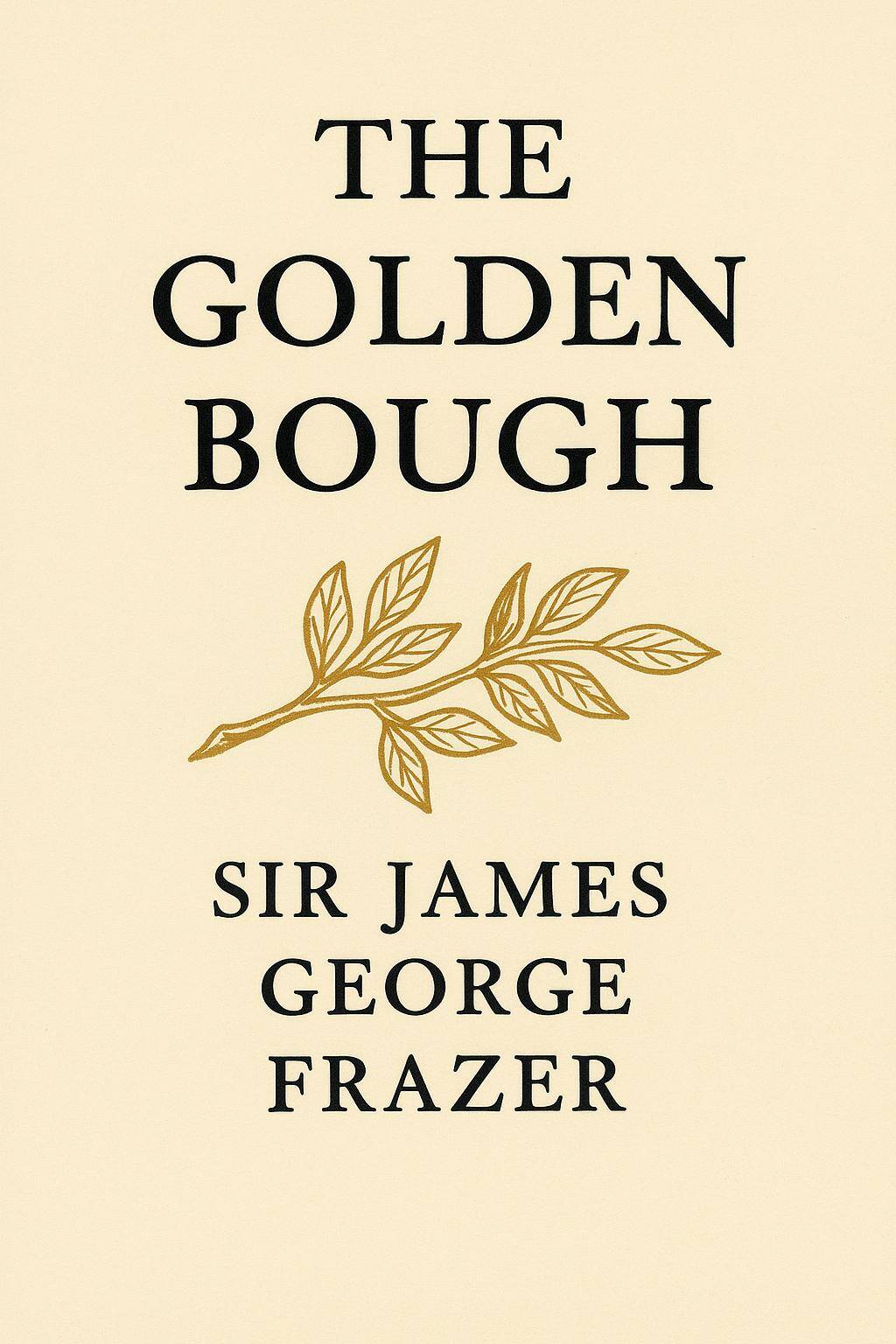First published in the late 19th century and revised into an influential abridgement in 1922, The Golden Bough set the template for comparative study of myth and ritual. Frazer ranges across classical sources, folklore, travelogues and anthropology to map recurring patterns—sacred kingship, fertility rites, scapegoats, vegetation spirits, taboos and magic—as stages in humanity’s attempt to understand and influence the natural world.
What you’ll find inside
-
The opening puzzle of the “King of the Wood” at Nemi sets the book’s method: start with a striking custom, then trace parallels around the globe.
-
A sustained argument that magic, religion and eventually science represent successive logics for explaining cause and effect.
-
Famous chapters on the dying-and-reviving god, the worship of sacred trees, seasonal festivals and ritual sacrifice.
-
A sweeping survey style that moves quickly from Roman antiquity to Celtic lore, from Near Eastern myth to Pacific Island rites.
Frazer’s grand synthesis shaped generations of writers and scholars—from modernists like T. S. Eliot to mythographers and folklorists. Even where later anthropology has challenged his evolutionist assumptions and armchair methods, the book endures as a foundational, highly readable compendium of mythic motifs and ritual structures.This abridged text is still substantial but easier to navigate than the sprawling multi-volume edition. It rewards dipping into thematic chapters as much as a straight read. Keep in mind that some sources reflect the colonial lens of their time; the work is most valuable today as a map of ideas and comparisons, not as definitive ethnography. Download the free PDF e-book here (40 MB):
